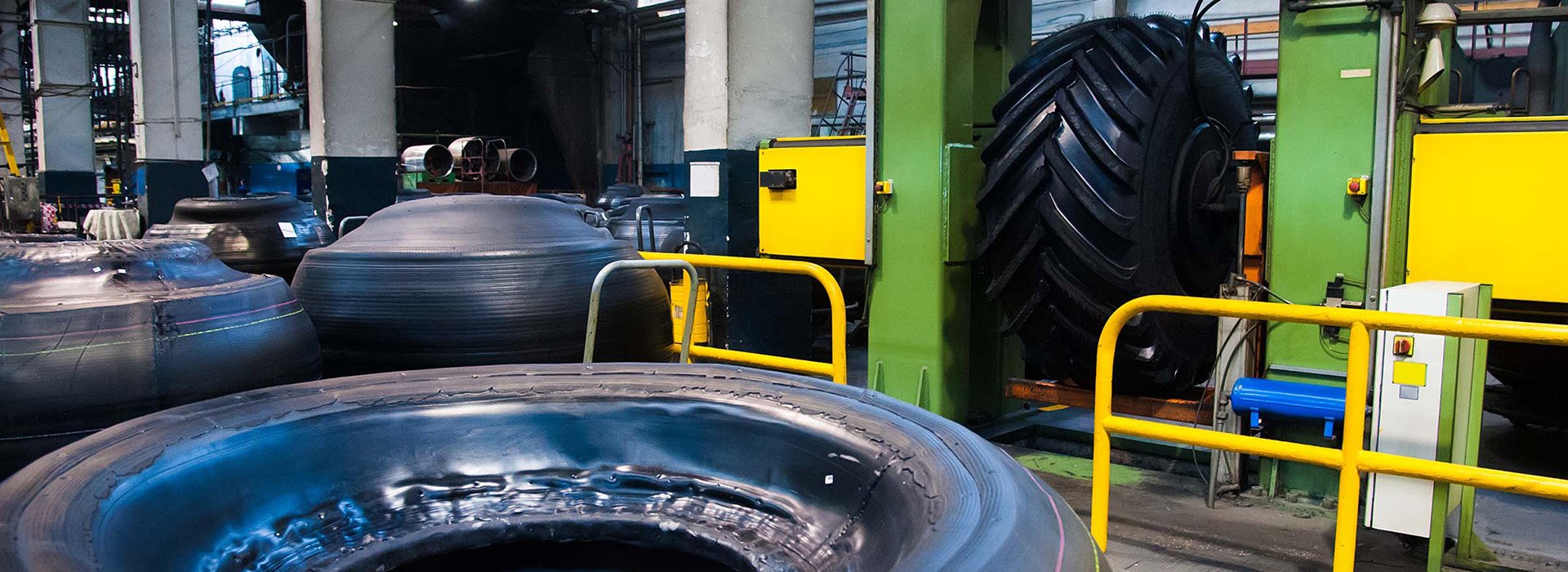Marco Fregoso: Joining up the dots on safety in the workplace
Looking at safety figures in isolation doesn’t always achieve the best results. Safety alchemist, Marco Fregoso, Health & Safety Environment Advisor at Pirelli suggests why having an open mind and blending different aspects of safety knowledge together can produce better results.


Marco Fregoso
Health & Safety Environment Advisor, Pirelli
Official company reports and figures are important tools used to monitor safety, but looked at in isolation they don’t tell the whole story. The starting point is to have an open mind about how we can improve safety. If we limit the boundaries of how we achieve safety goals at the outset, we risk overlooking factors that could be the difference between good safety outcomes and great ones.
Policies or culture?
In reality, both are important factors to take into account. Companies need to develop safety policies that set a high standard for everyone to work from. For global companies there are also cultural aspects that come into play. Specifically, ensuring employees across the company’s global footprint understand safety policies in the same way. The tendency is to focus on communicating safety protocols through different languages and phrases that correspond to cultural norms. However, it’s a strategy that misses the power of culture to drive actions through reaction. This is a more nuanced approach as it incorporates relationships with authority and wider society.
We have seen this first hand during COVID-19 when, despite similar global lockdown rules, reactions were very culturally driven. If we take China, where there is a culture of accepting and following rules, and compare it to Europe, where there is generally more of a culture of questioning authority, we can see a marked difference in results based on the same rules. So while incorporating cultural differences formally into safety management is more difficult, it can radically improve outcomes in the race to zero preventable accidents.
Technology as a tool, not a solution
In terms of the use of technology in safety, we have seen great progress. But it’s important we do not overly rely on technology as the ultimate safety solution. Again, if we take the recent pandemic as an example, the ban on travel has meant companies are having to rely more on online meetings and videos to assess safety procedures and compliance.
As a short-term solution, this is acceptable but it should not be a substitute for a physical visit where you can see workers and processes in action. Looking ahead, we need to continually make sure we drive the way technology is used in safety programmes, and not the other way around. It’s about taking all the knowledge at our disposal - whether it’s culture or technology - and joining up the dots to make the working environment a safer place.